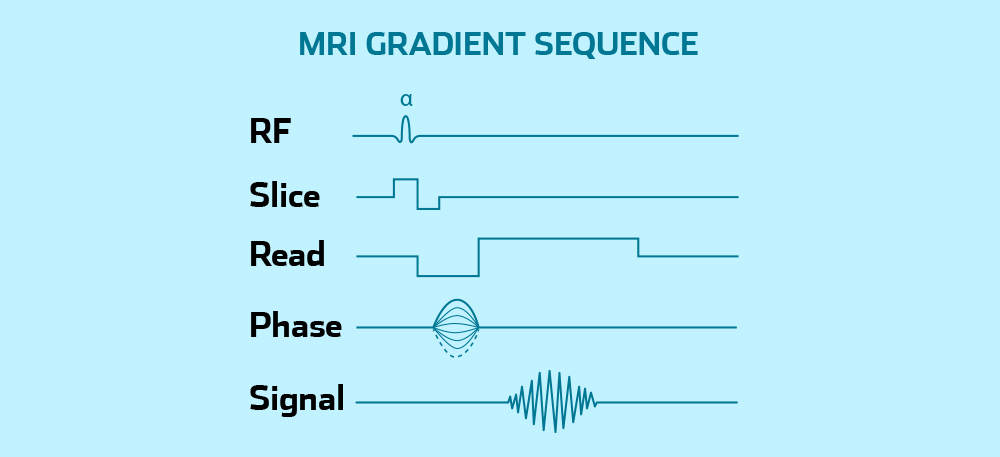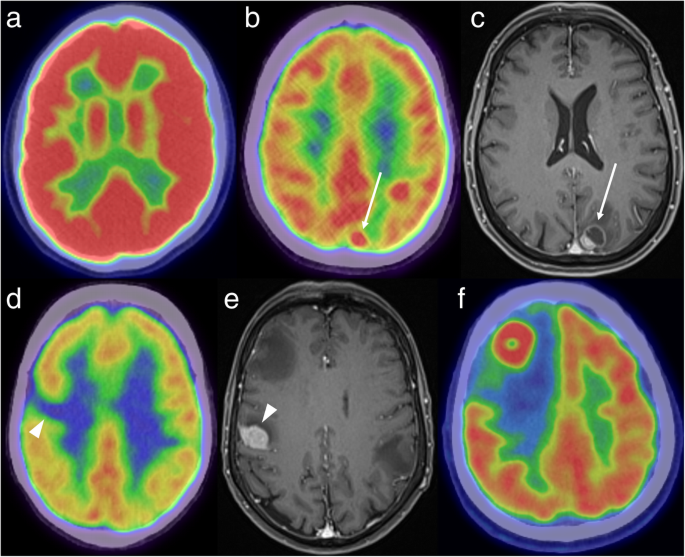
Common questions: What is multiple sclerosis? (2018).What-is-MS/Types-of-MS/Clinically-Isolated-Syndrome-(CIS) You can learn more about how we ensure our content is accurate and current by reading our editorial policy. Healthline has strict sourcing guidelines and relies on peer-reviewed studies, academic research institutions, and medical associations. Additionally, secondary progressive forms include stages during which the condition worsens on a more gradual basis, similar to primary progressive MS. This form of MS is classified into stages of disease activity and remission, along with new MRI activity. Secondary progressive MS is a stage that some people with relapsing-remitting MS will progress into. With primary progressive MS, the disease is progressive from the start and doesn’t involve frequent distinct inflammatory attacks.

The demyelinating lesions seen on an MRI scan may be less indicative of inflammation than those of relapsing-remitting MS. Rather than intense bouts of inflammatory demyelination, progressive forms of MS involve a steady progression of damage. Each relapse eventually subsides (remits) with periods of partial or complete recovery that are called remissions. Each distinct attack is called a relapse. In relapsing-remitting MS, distinct inflammatory attacks cause localized damage and accompanying symptoms. During these episodes, active areas of inflammatory demyelination are sometimes visible on an MRI scan when contrast dye is used. People with all forms of MS can have lesions, but people with a common type of MS called relapsing-remitting MS generally have recurrent episodes of inflammatory demyelination. Someone who has had symptoms but no MRI-detected lesions is considered at lower risk of developing MS than those who have lesions. Your doctor will weigh the risks and benefits of treatment, considering your risk of developing MS, before recommending disease-modifying treatment after an episode of CIS. However, such treatments have side effects.

If this is the case, your doctor may consider starting you on a disease-modifying MS treatment because this approach may delay or prevent a second attack. You may be considered at high risk of MS if you’ve had CIS and an MRI scan shows MS-like lesions. Clinically isolated syndromeĪ single neurologic episode caused by inflammatory demyelination and lasting at least 24 hours is called clinically isolated syndrome (CIS).

Your doctor can make diagnostic and treatment decisions based on what your MRI scan shows.

MRI will show different things based on the type of MS involved. This is because not all lesions in the CNS are due to MS, and not all people with MS have visible lesions. It’s important to note that the number of lesions shown on an MRI scan doesn’t always correspond to the severity of symptoms, or even whether you have MS. The test takes about 45 minutes to an hour. It uses a powerful magnetic field and radio waves to transmit information to a computer, which then translates the information into cross-sectional pictures.Ĭontrast dye, a substance that’s injected into your vein, can be used to make some types of lesions show up more clearly on an MRI scan.Īlthough the procedure is painless, the MRI machine makes a lot of noise, and you must lie very still for the images to be clear. MRI is noninvasive (meaning nothing is inserted into a person’s body) and doesn’t involve radiation. Lesions show up as white or dark spots, depending on the type of damage and the type of scan. The images produced allow doctors to see lesions in your CNS. If you have symptoms of MS, your doctor may order an MRI scan of your brain and spinal cord.


 0 kommentar(er)
0 kommentar(er)
